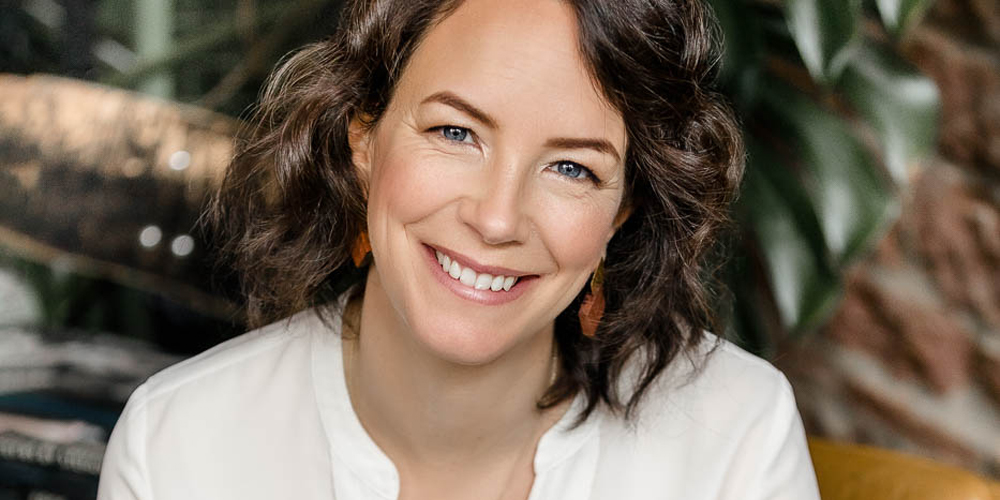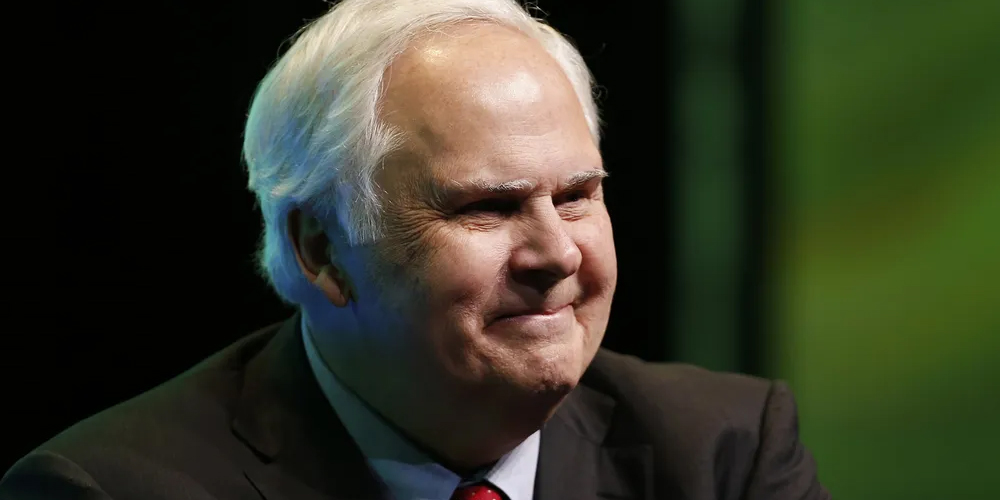Nina’s Balance: Navigating Work-Life in the Business World
In a rapidly evolving professional landscape, achieving a healthy work-life balance is crucial. Many find themselves overwhelmed by the demands of their careers, which often leads to stress and burnout. Nina, a successful business professional, navigates these challenges with grace. Her journey illustrates the importance of maintaining equilibrium between work commitments and personal life. Through her experiences, Nina shares valuable strategies that anyone can adopt to achieve a fulfilling balance.
Understanding Work-Life Balance
Work-life balance refers to the equilibrium between personal life and career activities. The concept emphasizes that individuals should allocate time effectively between work responsibilities and personal enjoyment. Striking this balance is necessary for mental health, productivity, and overall happiness. Research indicates that individuals with a balanced lifestyle often experience lower stress levels and higher satisfaction in both their personal and professional roles.
The Importance of Setting Boundaries
Nina underscores the significance of creating clear boundaries in her life. One of her first steps toward achieving work-life balance was to establish specific working hours. She diligently avoids checking work emails during personal time, which allows her to focus on family and hobbies without distractions. By setting these limits, Nina creates a structured environment that enhances both her productivity at work and her enjoyment of personal time. This approach helps reduce anxiety and the overwhelm that often accompanies a demanding workload.
Creating a Supportive Environment
A supportive work environment is essential for fostering work-life balance. Nina actively collaborates with her colleagues to foster a culture of open communication. This openness encourages team members to voice their needs and challenges. By discussing workloads and deadlines, Nina and her team can collectively manage responsibilities. This teamwork enhances productivity and creates an atmosphere where everyone supports one another, which is vital for mental health and job satisfaction.
Effective Time Management Strategies
Time management plays a pivotal role in maintaining a healthy balance between work and life. Nina employs several strategies to manage her time effectively. She emphasizes the importance of utilizing tools, such as digital calendars and to-do lists, to stay organized. These tools help her prioritize tasks and allocate time appropriately for both work and personal activities. Consequently, effective time management leads to increased efficiency and reduced stress levels.
Implementing the Pomodoro Technique
One of Nina’s favorite techniques is the Pomodoro Technique. This method involves working for 25 minutes, followed by a 5-minute break. After completing four “Pomodoros,” a longer break of about 15-30 minutes is taken. This approach enhances concentration and prevents burnout. During breaks, she steps away from her desk, stretches, or grabs a healthy snack. This practice keeps her energized throughout her workday. Nina attributes her productivity to this structured method, which allows her to focus intensely while also prioritizing rest.
Embracing Flexibility
In today’s world, the ability to embrace flexibility significantly contributes to achieving work-life balance. Nina advocates for remote or hybrid work arrangements whenever possible. Many organizations are now recognizing the value of allowing employees to work from home or have flexible hours. This flexibility facilitates a better balance, allowing employees to fulfill personal obligations without compromising work responsibilities. Nina finds that when she can work from home, she has more time for family and self-care, which enhances her overall well-being.

Maintaining Personal Well-being
Nina believes that personal well-being is paramount in creating a sustainable work-life balance. Engaging in self-care activities greatly contributes to her mental and physical health. She regularly participates in activities that bring her joy and relaxation, such as yoga, hiking, and cooking. These activities provide essential downtime, allowing her to recharge and maintain motivation at work.
The Role of Mindfulness and Meditation
Mindfulness practices, including meditation, play a significant role in Nina’s daily routine. She dedicates a few minutes each day to mindfulness exercises, aiming to reduce stress and enhance focus. Research shows that mindfulness can improve emotional regulation and decrease anxiety. Nina uses meditation apps to guide her practice, helping her become more present and aware. This practice not only benefits her personal life but also enhances her performance at work.
Building a Strong Support Network
A strong support network is essential for navigating the challenges associated with work and life. Nina spends quality time with friends and family, which reinforces her support system. These relationships provide emotional support during stressful times. Additionally, she actively seeks networking opportunities with other professionals. Engaging with like-minded individuals encourages motivation and the sharing of experiences. This network is vital for maintaining a positive outlook amid challenges.
Professional Growth and Development
Navigating a successful career does not require sacrificing personal life. Nina emphasizes that attaining a work-life balance allows for both professional growth and personal fulfillment. She believes in continuous learning and actively seeks opportunities for development. Participating in workshops, webinars, or online courses allows her to stay updated on industry trends while enriching her skill set.
Setting Achievable Goals
Goal-setting is an essential element of Nina’s strategy for professional success. She emphasizes the importance of setting specific, measurable, achievable, relevant, and time-bound (SMART) goals. This approach helps her clarify her objectives and maintain focus. For example, rather than stating a vague goal like, “I want to be a better leader,” she might set a goal like, “I will attend a leadership workshop this quarter.” This method keeps her accountable, ensuring that she makes steady progress toward her aspirations.
Embracing Failure as a Learning Opportunity
Failure is an inevitable part of any journey, and Nina embraces it as a crucial aspect of growth. She believes that learning from mistakes is essential for personal and professional development. By viewing setbacks as opportunities to learn, she cultivates resilience. This mindset empowers her to take risks without fear of failure, ultimately leading to innovation and improvement in her work.
The Impact of Technology on Work-Life Balance
Technology plays a dual role in the quest for work-life balance. On one hand, it enables communication and flexibility; on the other hand, it can blur the lines between work and personal life. Nina emphasizes the need to use technology mindfully. While tools like email and messaging apps keep her connected, she also sets limits on their use after hours. By defining technology boundaries, she protects her personal time and fosters meaningful connections with family and friends.
Utilizing Productivity Apps
Nina leverages various productivity apps to streamline her tasks. Applications like Trello or Asana help her manage projects effectively. These tools enable her to visualize her workload and collaborate efficiently with colleagues. By organizing tasks digitally, she finds it easier to prioritize her responsibilities and, as a result, feels less overwhelmed. Nina encourages others to explore different productivity tools to discover what works best for them.
Recognizing the Importance of Downtime
In the pursuit of career goals, many professionals overlook the importance of downtime. Nina stresses that taking breaks is not a sign of weakness but a necessity for maintaining long-term productivity. She schedules leisure activities, such as reading, traveling, or pursuing hobbies, to ensure she prioritizes her well-being. These moments of relaxation allow her to recharge and return to work with renewed energy and creativity.
Achieving Balance in Parenting and Work
For working parents, achieving work-life balance can present unique challenges. Nina, who is a mother, shares her strategies for managing both work and family obligations. She emphasizes the importance of creating a family schedule that accommodates everyone’s commitments. By involving her children in planning family activities, she fosters a sense of responsibility and teamwork.
Establishing Family Traditions
Nina believes in the value of family traditions. These traditions create lasting memories and strengthen family bonds. Whether it’s a weekly movie night or an annual family trip, these activities provide a reliable anchor amidst busy schedules. By prioritizing quality time with her family, she reinforces the importance of work-life balance for her children as well.
Learning to Say No
Another vital lesson Nina advocates is the art of saying no. She emphasizes that setting boundaries does not just apply to work; it also involves personal commitments. When faced with requests that conflict with family time, Nina confidently declines. This assertiveness keeps her schedule manageable and allows her to focus on her priorities without feeling overextended. Learning to say no is a powerful skill for maintaining a balanced life.
Conclusion: Striking the Right Balance
Nina’s journey illustrates the significance of achieving a healthy work-life balance. By implementing effective time management strategies, maintaining personal well-being, and fostering supportive relationships, anyone can navigate the complexities of their professional and personal lives. It requires commitment and adaptability, but the rewards of a well-balanced life are immeasurable.







